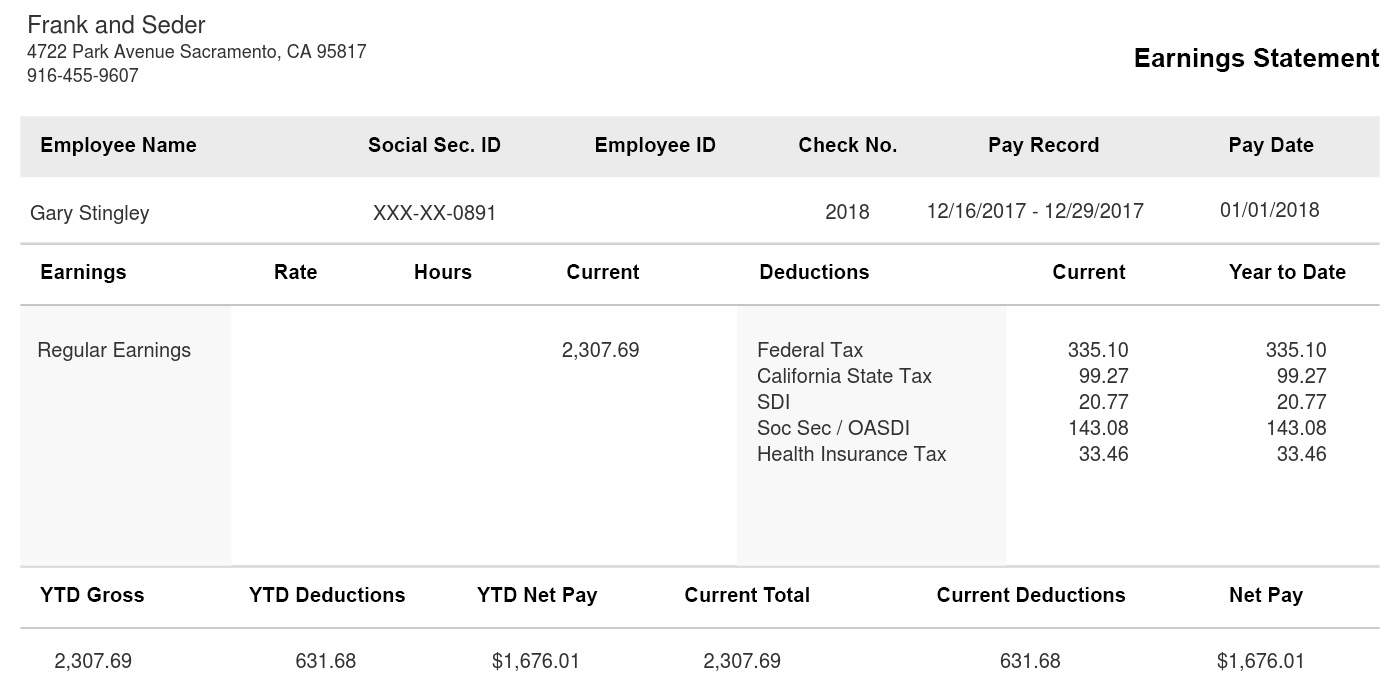Organizing a virtual event is slightly different than putting together an in-person meeting. But if you follow these tips, you’ll be able to make your virtual event flow seamlessly give attendees the best possible experience.
Send Attendees A Pre-Event Kit.
The pre-event kit goes out to all registered attendees before the event. It should include information about the event, the agenda, instructions for how to connect with other attendees at their own preferred times locations (if applicable), a link to the event website, a link to the event hashtag, links to any social media channels where you’ll be sharing updates from the conference or live streaming sessions.
Create A Virtual Event Website.
The first thing you’ll need to do is create a website for your virtual event. Include the following information:
- A calendar of events
- An FAQ section where you can address any questions attendees might have about the event before after it takes place.
- A list of speakers sponsors, with links to their social media accounts (for example, Twitter, Facebook, or LinkedIn)
If you already have an existing website, you can just link to your event from there. You can also use several event interaction tools to take the attendees’ experience to the next level make the event worthwhile for yourself.
Create A Social Media Plan.
Creating a social media plan is one of the most important things you can do to ensure your virtual event is as successful as possible. For example, use Twitter or Facebook to promote the event create a hashtag. You can also use social media to engage attendees before, during, after your event. You should also consider using these platforms to share information about the event that’s not included in its description—for instance, if there will be giveaways or prizes.
Be Ready To Help With Technical Problems.

If you’re hosting a virtual event, make sure that you have a way for participants to contact you for technical support. You’ll want to provide your email address phone number in your event materials so that people can get in touch if they have any questions or issues with their connection. If the connection is causing issues, let them know whether you can do anything from your end. If it’s beyond what you can do as an individual organizer, then direct participants to whoever hles tech support at their organization or company.
Pick The Right Audio.
A headset with noise cancellation will make your voice clearer. You can also try to speak from farther away from the microphone if the sound quality is too low or move closer to it if the volume is too high.
Make sure that the headset you choose is comfortable easy to use so that you don’t have to worry about it while you’re live streaming. Another thing to consider is how far away from your mouth the microphone needs to be for optimal sound quality (this varies by device).
Conclusion
All in all, organizing a virtual event requires some key points to consider, such as ensuring that participants have the best experience ensure you keep them informed at all times. However, if you follow these tips use the best tools from reliable brs like Votemo, your virtual events will be a success.



